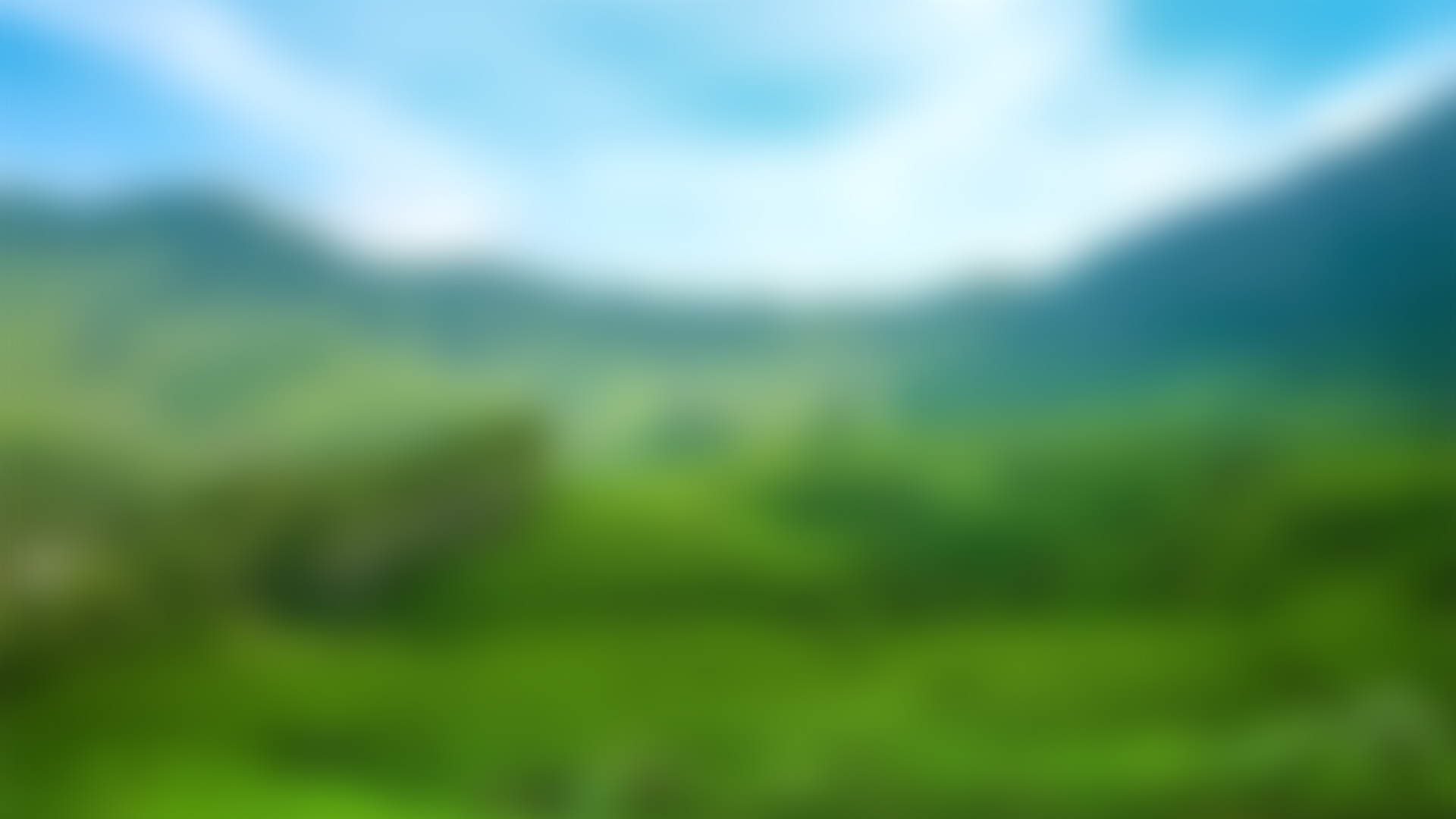
Sorry, we couldn't find anything that matches your search.
Destination

Famous Places to Explore in Hyderabad
A vibrant city with the imposing...

Raipur Tourist Places | Best Place to Visit
The stronghold of several erstwhile...

Ahmedabad
Declared as India's first UNESCO World...
#
Ambaji
The grand temple of Ambaji is the principal shrine of Goddess Amba, who is said to be an avatar of Goddess Durga. It is among the 51 shaktipeethas (devotional shrines where the severed body parts of Goddess Shakti fell) of Hindus. Made in white marble, the temple is a beautiful structure built by the Nagar Brahmins. An open square, called chachar chowk, surrounds the temple and it is the site of havans (ceremonial prayers). The sanctum sanctorum is a niche in the wall, called gokh, and has an inscription of Viso Yantra – a Vedic text about sacred geometry. Grand silver-plated doors welcome devotees into the inner sanctum. The temple has no idols and the priests decorate the inscription to resemble the idol of a goddess from afar. A visit to the temple makes for a nice short ride from Rajasthan's famous hill station, Mount Abu.

Rudra Mahalay
Another popular temple in Siddhpur is the Rudra Mahalaya Temple, also known as the Rudramal Temple. This temple was built in the 10th century by king Mularaja. According to legends, it was probably reconstructed by Siddharaja Jayasimha in the 12th century. The temple is said to be the first and largest Chalukyan temple. A multi-storeyed structure, it has 11 subsidiary shrines that are dedicated to Ekadasa Rudras. Excavations have revealed a few of these subsidiary shrines, a torana, two porches and four pillars of the main temple kapilli. Alongside were found beautifully carved gigantic columns, huge architraves and torana arches. The pillars and the toran stand as the remains of the temple today. The elaborate and detailed carvings on them are testament to the rich past of the rulers of Siddhpur.

Wild Ass Sanctuary, Kodha
The only home of the wild ass in India, this sanctuary is situated in the area called the Little Rann of Kutch. Locally called ghudkhar, the Indian wild ass is known for a dark stripe along its back. The sanctuary is home to around 6,000 wild ass. Due to its location in the Gulf of Kutch, which is on the migration route of many birds, the sanctuary is an important site for birds to feed and breed in. About 75,000 birds nest here annually, including those from Egypt, Siberia, Europe, Iran, and Iraq.
Other fauna found in the sanctuary include 32 mammals like chinkara (Indian gazelle), two types of desert fox (Indian and white-footed), jackals, caracals, nilgais (the largest antelope of Asia), Indian wolves, blackbucks, and striped hyenas. The place is also home to migratory birds including coursers, stoneplovers, shrikes, ducks, geese, ibis, spoonbills, godwits, stints, sandpipers, shanks, moorhens, saras cranes, flamingos and pelicans. About 93 species of invertebrates can be found here including crustaceans, insects, molluscs, spiders, annelids and zoo planktons.

Vadnagar
Vadnagar is a village that dates back to the 7th century and is home to a Buddhist monastery that was built somewhere between the 2nd and 7th century AD. The popular monastery is known for its stupas and also has an open central courtyard. Nine cells constructed around the monastery were raised in such a manner that they created a pattern resembling the swastika, a holy Hindu symbol. Vadnagar is also known for its beautiful torans or arches. Built of red and yellow sandstone and standing at a height of 40 ft, Kirti Toran is the most popular.
The village finds a mention in the travelogues of Chinese traveller, Hiuen Tsang, who had arrived in India during the 7th century. It has also been mentioned in the Puranas, ancient Hindu texts. Vadnagar is the birthplace of the Prime Minister of India, Narendra Modi.

Sahastraling Talav
Also known as Sahastra linga Tank or Sahasra linga Talav, this man-made tank has been built on the Durlabh Sarovar (lake). Constructed in the medieval times, it was commissioned by the Solanki or Chaulukya dynasty. The tank is among the biggest waterfront constructions made during the Solanki period in 1084. It is a fine example of engineering of that time, and one would be left in awe of the process by which water was taken from River Saraswati. One can see how the channels were cleverly carved into stone inlets, to allow the water to collect and then flow into the tank. The Sahastra king, Talav, is also said to have inbuilt natural filtration to clean the water!
The reservoir looks like a work of art as intricate carvings of deities grace its walls and columns. The monument is protected by the Archaeological Survey of India (ASI) today.








